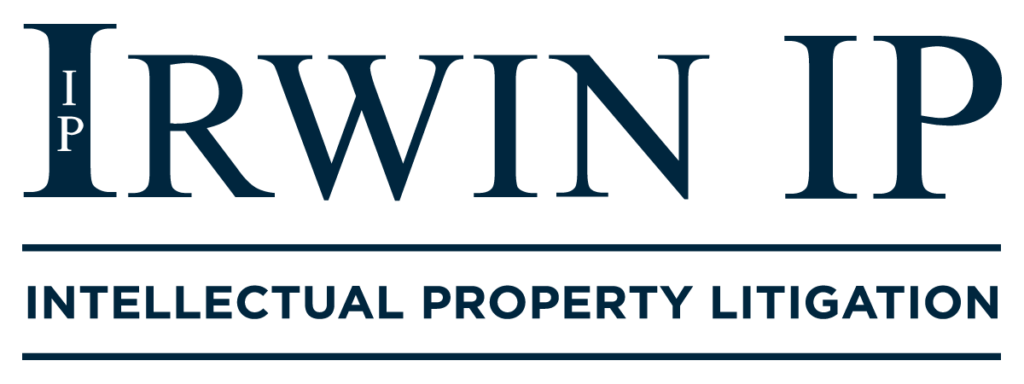Continuing its narrow application of Article III standing in inter partes review (“IPR”) appeals, the Federal Circuit recently held that General Electric Company (“GE”) lacked Article III standing to appeal the Final Written Decision of an IPR that it had instituted against United Technologies Corporation, determining that GE did not carry its burden to allege a concrete and imminent injury related to the challenged patent— i.e., that it lost bids or opportunities because it could not use the patented engine; that it failed to offer the option of an engine similar to the challenged patent because of the challenged patent; or that it expended a specific amount of time and money to design around the challenged patent.
The fact that a petitioner institutes an IPR does not procedurally entitle the petitioner to an appeal to the Federal Circuit. Before instituting an inter partes review, potential petitioners must evaluate their competitive positions vis-a-vis the patent owner. If a petitioner has not yet been threatened with litigation, has not and does not immediately plan to make, use, or sell a potentially infringing product, or does not have immediate plans to enter the space of the challenged claims, a petitioner may lose the ability to appeal an unfavorable Final Written Decision. Further, as the Federal Circuit has not decided whether IPR estoppel applies to a petitioner who lacked standing to appeal a Patent Trial and Appeal Board’s decision, it is unclear at best whether a petitioner would be able to argue the same grounds defensively in any later litigation.
Establishing Article III standing requires demonstrating (1) a concrete injury in fact, (2) causation between the conduct alleged and the injury, and (3) redressability by the court. “Not every party to an IPR will have Article III standing to appeal a final written decision of the Board.” Gen. Elec. Co. v. United Techs. Corp., No. 2017-2497, 2019 WL 2997924, at *2 (Fed. Cir. 2019). A petitioner’s ability to demonstrate standing in association with appealing inter partes review decisions has been progressively restricted by the Federal Circuit. For example, the Federal Circuit’s recent decision in AVX Corp. v. Presidio Components, Inc. elaborated on the “competitor standing” doctrine and concluded the appellant in that case lacked Article III standing because it lacked a nonspeculative interest in engaging in conduct covered by the patent claims at issue. AVX Corp. v. Presidio Components, Inc., 923 F.3d 1357, 1363 (Fed. Cir. 2019). In General Electric, GE alleged three theories of harm to satisfy the constitutional standing requirement: (1) competitive harm, (2) economic losses, and (3) estoppel under 35 U.S.C. § 315(e). As to competitive harm, the Federal Circuit determined that GE’s competitive injuries were too speculative, because GE did not assert that it lost bids or opportunities because it only offered one kind of engine, nor did it assert that it only offered the one kind of engine because of the challenged patent. As to economic losses, GE alleged that it was injured by increased costs to design engines that could implicate the challenged patent and to design around the challenged patent. However, the Federal Circuit rejected this argument because GE failed to provide an accounting and did not demonstrate that the costs were tied to consumer demand for the challenged engine patent. Further, GE failed to show that it “ha[d] definite plans to use the claimed features of the [] patent in the airplane engine market.” Gen. Elec. Co., 2019 WL 2997924 at *3. Finally, GE contended that it was harmed because it was subject to estoppel under 35 U.S.C. § 315(e), which prevents a petitioner in an inter partes review from asserting invalidity on any grounds that the petitioner raised or reasonably could have raised in that IPR. The Federal Circuit concluded that “[w]here, as here, the appellant does not currently practice the patent claims and the injury is speculative, we have held that the estoppel provision does not amount to an injury in fact.” Id. at *3.
Judge Hughes concurred under extreme protest, writing that though the Federal Circuit’s precedent in AVX Corp. militated the conclusion that GE lacked standing, he believed that AVX was wrongly decided, and that the Federal Circuit had “developed an overly rigid and narrow standard for Article III standing in the context of appeals from inter partes review proceedings.” Id. at *4. Judge Hughes discussed that he did not believe that Article III required that an appellant to show that it had plans to infringe the challenged patent, “particularly where Congress has provided IPR petitioners a procedural right of appeal.” Id. at *6. Further, he argued that government action (upholding the validity of a patent) that amounted to preventing GE from competing in a marking could cause competitive harm and economic injury.
If the Federal Circuit continues to apply its narrow standing approach when considering IPR appeals— and if Congress does not limit the ability of third parties to file IPR petitions to only those parties being accused of infringement—it is likely that the issue will eventually make its way in front of the Supreme Court. However, until that point, a proactive petitioner is essentially required to show that it fully intends to infringe the challenged patent or that it has lost opportunities because of the challenged patent in order to ensure that is has adequately alleged Article III standing. Therefore, rather than alleging generalities, an appealing petitioner must ensure that it is able to identify specific, articulated plans or losses. Otherwise, it will have no leg to stand on.
